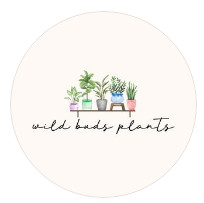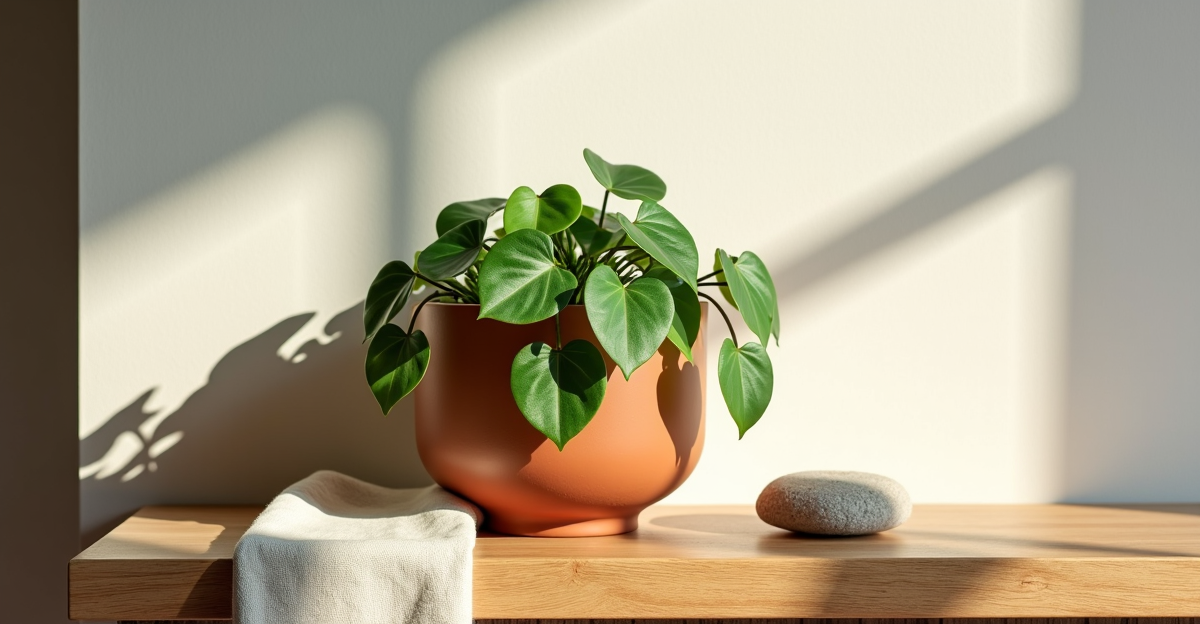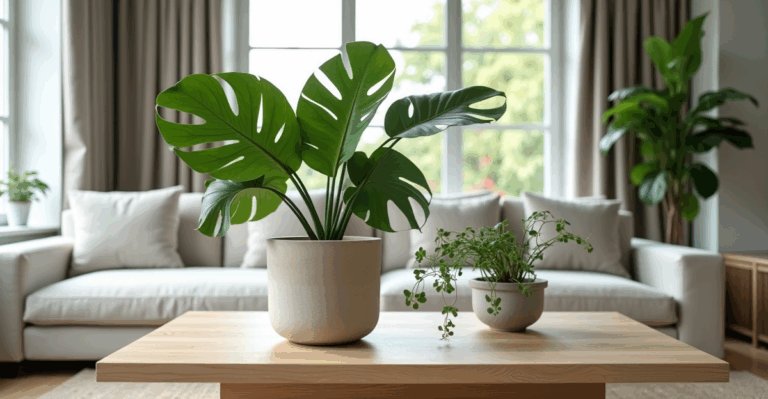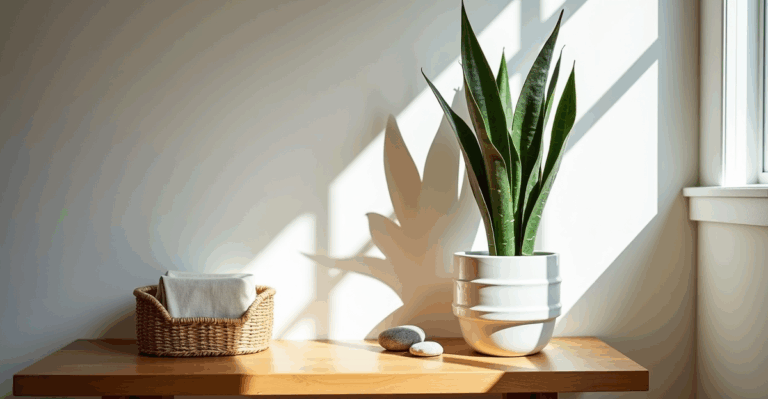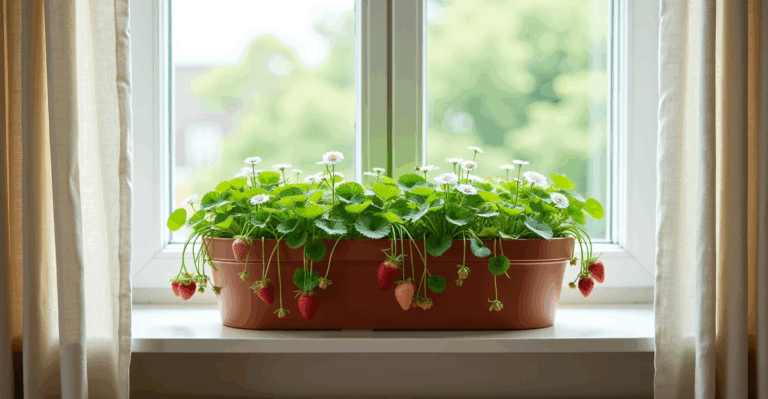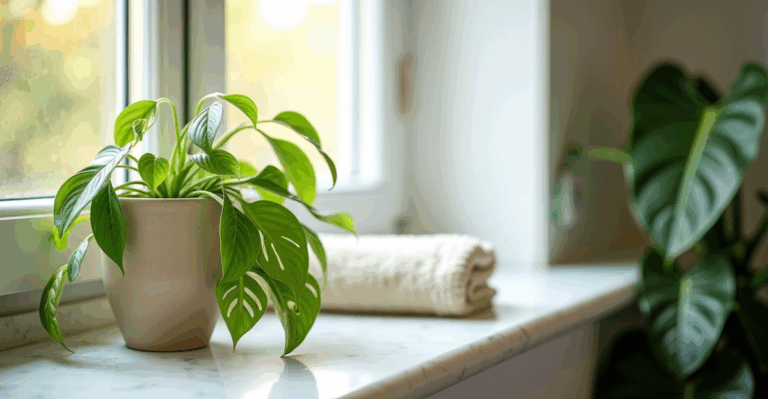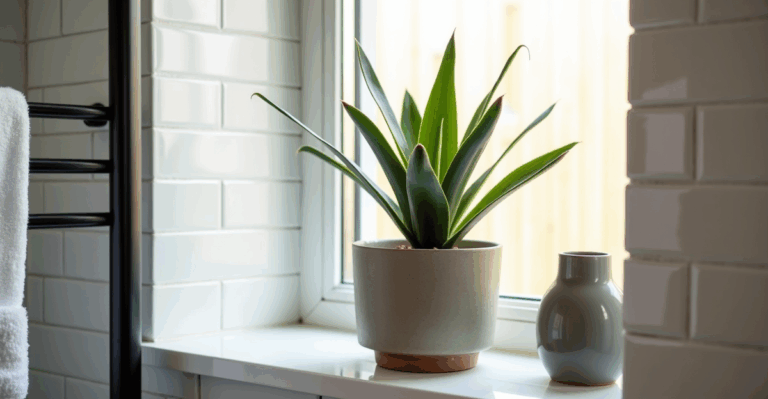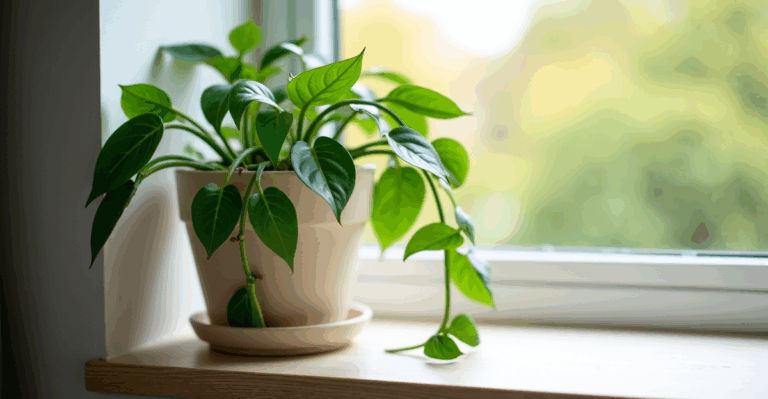Style Your Mantel with Philodendron: Pet-Safe & Beautiful (No Stress!)
You’ve got that perfect mantel—clean lines, maybe some vintage knobs, a space that screams for green life. But then you remember: your cat, Luna, is currently auditioning for a role in The Cat Who Walked on the Mantel. You love philodendrons—those lush, trailing vines, the heart-shaped leaves, the way they thrive in a cozy corner. But you also really don’t want to wake up to a panicked vet call because Luna decided your Philodendron hederaceum was a new chew toy. How do you get that gorgeous, living wall of green and keep your furry family safe? We’ve been there, and we’ve got the real-talk solution.
We love philodendrons for mantels. They’re forgiving, grow fast, and add that effortless, layered look we all chase. But their toxicity to pets is no joke—they can cause vomiting, drooling, and even difficulty swallowing. The good news? You don’t need to choose between a stunning display and a safe home. It’s all about smart placement, practical barriers, and choosing the right home for your plant. Forget the panic; let’s make your mantel a pet-safe paradise.
Why “Out of Reach” Isn’t Always the Answer (And What Actually Works)
Most advice says, “Just put it high up!” But let’s be real: mantels are low to the ground. A standard 12-inch-tall plant on a 36-inch mantel is still easily accessible to a curious cat (or a toddler!). We’ve seen too many plants relocated to top shelves only to be knocked over by a curious paw or a too-eager grab. The real fix isn’t just height—it’s barrier design.
Think of your mantel as a stage. The plant itself is the star, but the frame (the planter and its placement) is the security guard. A plant that’s nestled into the mantel’s architecture, with its base protected by a low rim or a small ledge, is much harder for a pet to access than one sitting loose on the surface. It’s about creating a physical buffer, not just moving the plant higher.
The Perfect Planter: Light, Secure, and Pet-Proof
This is where your choice of planter makes all the difference. Heavy, bulky pots are a hazard—they can tip over easily, and their weight often means they’re too low for safe display. Lighter, well-fitted planters are key.
- Why weight matters: A heavy ceramic pot on your mantel feels precarious, especially if your cat uses it as a launchpad. A lightweight, well-balanced 3D-printed planter (like the ones we make) sits securely without feeling like a potential avalanche. You can even choose a design with a subtle lip or groove that cradles the plant’s base.
- The “no-slip” factor: A smooth, flat base on a planter (like many ceramic ones) is a slick surface for paws. A textured or slightly ribbed base (like our 3D-printed options) gives paws a bit of grip, making it harder for a cat to slide the pot off accidentally.
- Surface protection: Always layer a small, non-slip tray (like a woven mat or a thin, flat stone) under the planter. It catches spills, protects the wood, and adds a subtle visual layer that makes the plant feel intentionally placed—not just dropped there. This tray also creates a tiny “moat” a pet might hesitate to cross.
Example: Imagine your mantel in the living room, facing an east window (gentle morning light). You’ve got a small Philodendron cordatum in a 3D-printed planter with a matte finish. The planter sits slightly recessed into a shallow, woven tray. The tray’s edge is just barely visible, creating a subtle barrier. Luna could reach it, but the tray’s texture and the planter’s secure fit make it feel unstable—she quickly loses interest. Meanwhile, the plant thrives in that bright, indirect light.
Style It Right: Layers, Balance, and Keeping It Natural
Philodendrons don’t need to be the only show on the mantel. The magic happens when they integrate with the space. Here’s how to avoid the “plant graveyard” look:
- The “one focal point” rule: Don’t cram five plants onto a narrow mantel. A single, healthy philodendron with a few trailing vines (or a small grouping of 2-3 small plants) is far more elegant. Let one plant be the star, especially if it’s a variety with interesting fenestrations (like Philodendron bipinnatifidum).
- Height variation: Place your philodendron slightly off-center, with its vines trailing down one side. Pair it with a short, sculptural object on the opposite end—maybe a smooth river stone, a small ceramic bird, or a vintage key. This creates visual tension that feels intentional, not random.
- Texture is key: Avoid placing the philodendron next to another plant with similar texture (like a spiky snake plant). Instead, pair it with something smooth (a polished wood slice) or something with a different leaf shape (a small, spiky Zamioculcas for contrast, if it’s pet-safe—note: ZZ is also toxic, so this is a cautionary pairing example only).
Edge Case: If your mantel is very short (under 10 inches high), skip the trailing vines. Opt for a compact, upright philodendron like Philodendron micans (with velvety leaves) or a Philodendron hederaceum trained to grow upward on a small moss pole within a narrow planter. The key is not letting the vines dangle over the edge where they’re easily accessible.
Winter Dryness & Light Shifts: Keeping Your Philo Thriving (Without the Stress)
Mantels are often in central living spaces, which can be drafty or have low humidity in winter—especially with forced-air heating. Philodendrons hate dry, hot air. Here’s how to keep them happy through the season:
- The “bright-but-not-scorched” fix: If your mantel faces south or west in summer, your philodendron might get sunburned (leaves turn brown, crispy edges). In winter, the sun’s angle changes. Move the plant slightly away from the window for a few hours during peak afternoon sun, or use a sheer curtain to diffuse harsh light. A north-facing mantel in winter needs a little help—add a simple 10W LED grow light (like a small plug-in bulb) on the mantel rail behind the plant for 4–6 hours of extra light. It won’t burn the plant but gives it a boost.
- Watering in the dry: The top 2–3 inches of soil should feel dry before you water. In winter, this might mean watering every 2–3 weeks instead of weekly. Always check the soil first! When you do water, water thoroughly until it drains out the bottom, then empty the drip tray. This flushes out minerals from hard water (a common issue in many homes) that can build up and harm roots. If you’re using LECA (clay pebbles) for your philo, this is even easier—just refill the reservoir when it’s low.
Trade-Off Note: Using a moss pole for a climbing philodendron on a mantel adds beauty but can make the plant taller and harder to keep balanced. It’s worth it for the look, but ensure the pole is securely anchored to the pot (use a small, decorative pot wrap or a discreet wire tie) to prevent tipping. If you’re unsure, stick with a trailing style for simplicity.
Pet Safety: Beyond Just Height (The Real Deal)
We know the anxiety. But here’s the honest truth: philodendrons are toxic, but most pets don’t eat them unless they’re bored or stressed. The best approach is prevention through design, not just worry.
- The “slippery slope” barrier: A well-placed, low tray (like the woven mat we mentioned) under the planter makes it physically harder for a pet to reach the plant. It’s not a wall, but it’s a deterrent they’ll notice.
- Distract with safe greens: If your pet is prone to nibbling, place a small, pet-safe herb like catnip (in a tiny pot, out of reach) or a Pilea (safe for pets) near the mantel but on the floor or on a separate low shelf. It gives them something safe to investigate instead.
- Never use chemicals: Sprays or bitter-tasting solutions designed to deter pets can harm your plant and your pet. They’re unnecessary if you’ve done the barrier work.
Realistic Take: If your pet does chew a leaf, it’s usually not an emergency (though it’s unpleasant). We’ve seen it happen, and the plants usually recover with a little extra care. But the point is to avoid the need for emergency care in the first place.
Your Mantel, Your Rules: A Simple Path Forward
Styling a mantel with philodendron isn’t about perfection—it’s about creating a space that feels alive, feels safe, and feels like yours. It means choosing a planter that fits your style and your pet’s habits, placing it where it gets the light it needs (without burning), and layering it into your space so it feels intentional, not random.
The beauty is in the simplicity: a well-chosen plant, a secure base, and a little thought about how your space works with your pet. You don’t need fancy tools or expensive setups. You just need to make the smart choices that keep your plant happy and your pet safe.
When you’re ready to grow your setup, explore our 3D-printed planters.
Key Takeaways
- Pet safety is about design, not just height: Use a low tray under the planter and choose a lightweight, secure planter.
- Light and water need adjustment: Check soil moisture (top 2–3 inches dry) and adjust watering seasonally, especially in dry winter air.
- Less is more on a mantel: One or two well-chosen philodendrons with trailing vines or a compact form look far better than a crowded display.
